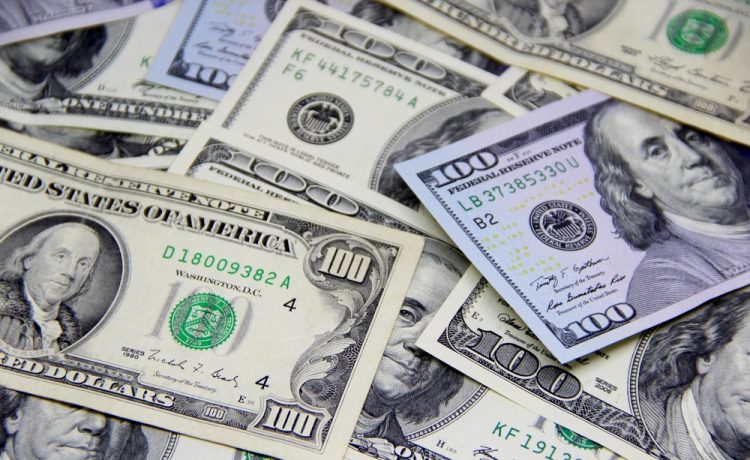In a new report exploring the dollar’s reserve status, Morgan Stanley said it did not expect the currency’s dominance to change soon, noting dollar influence in the global economy across a range of economic and financial metrics remains strong
The U.S. dollar’s dominant reserve currency status is likely to last partly because even the most talked about alternative the Chinese yuan falls short as a credible challenger, Morgan Stanley said in a report on Thursday.
Rivalry with China, Russia’s war in Ukraine, wrangling in Washington over the U.S. debt ceiling and increasing debt levels have put the dollar’s status as the world’s dominant currency under scrutiny in recent years.
In a new report exploring the dollar’s reserve status, Morgan Stanley said it did not expect the currency’s dominance to change soon, noting dollar influence in the global economy across a range of economic and financial metrics remains strong.
Concerns about the U.S. fiscal outlook and the persistent use of economic sanctions by Washington could motivate some countries to seek alternatives to the dollar, but it is a difficult task, Morgan Stanley said.
The most discussed competitor is China, and we do expect a modestly more global role for CNY, the Morgan Stanley note added, referring to the yuan.
But we think that China’s ‘3D challenge’ of debt, deflation and demographics will limit CNY’s international appeal, the note said, estimating that currency reserves in yuan should increase to only 5% in 2030 from 2.3% currently.
Morgan Stanley said periods of dollar weakness were to be expected, while the approaching U.S. presidential election could test the dollar’s status.
Global currency reserves exceed $12 trillion, global trade is nearly $35 trillion and cross-border bank lending exceeds $38 trillion, it added.
So, even small changes in percentage terms can lead to large nominal changes, Morgan Stanley said.
We expect only a moderate and gradual drop in USD’s global use, given the rise in multipolarity and continued low diversification costs for reserve managers, the note said.
In terms of the price impact, “a true loss of USD dominance would lead to higher rates and a weaker currency,” it added.
Morgan Stanley also sees more short-term strength for the dollar.





